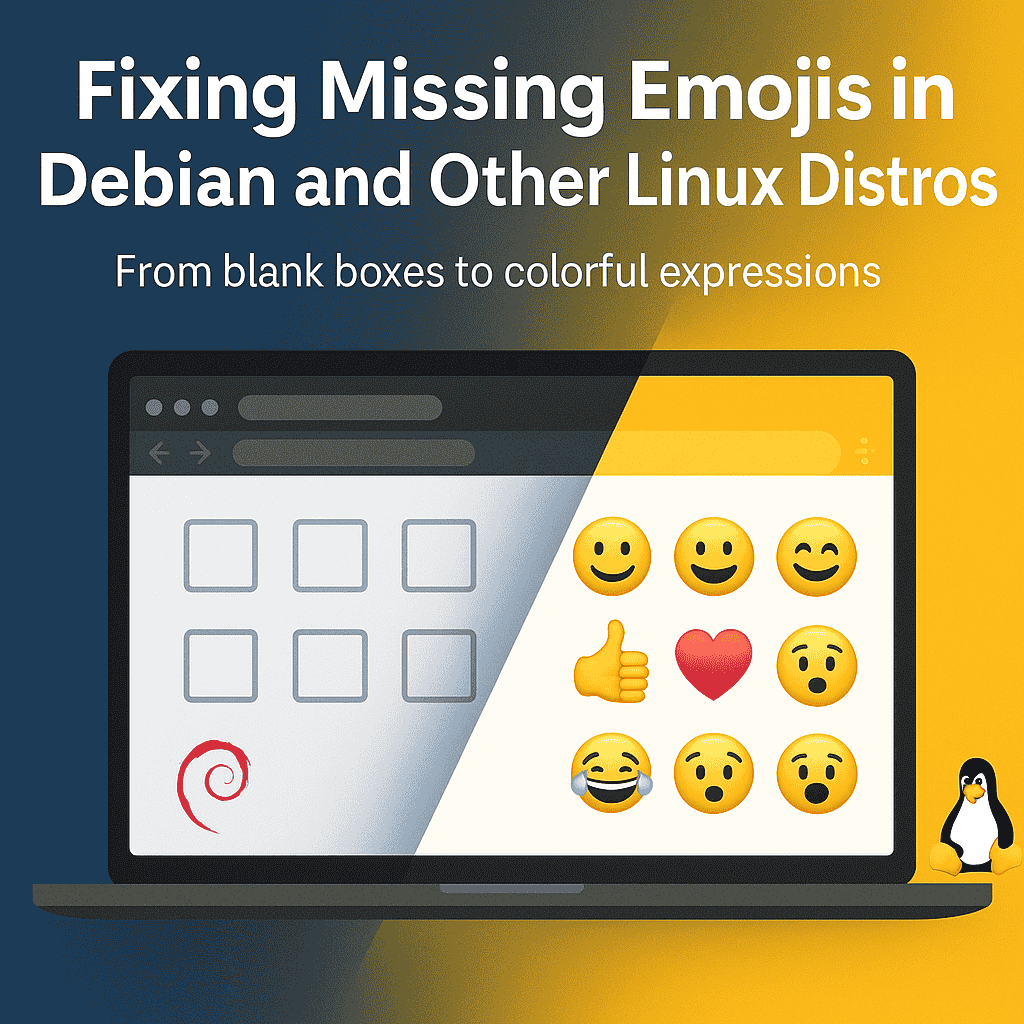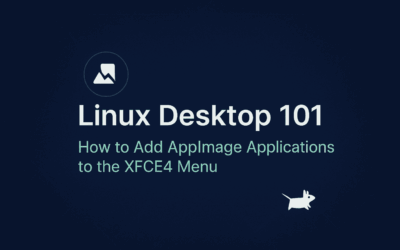Introduction
Emoticons—now more commonly known as emojis—first gained mainstream popularity thanks to Apple, which integrated them directly into the iOS and macOS keyboard. They quickly became an essential part of daily digital conversations, allowing people to express emotions, tone, and humor in ways plain text couldn’t. As the trend spread, Android, Windows, and Linux users embraced emojis too, making them a universal language across platforms.
Recently, while testing a fresh Linux distribution install, I opened my blog and some LinkedIn posts—only to notice that emojis were missing entirely. Instead of colorful icons, I was greeted by bland rectangular placeholders. That’s when I realized: this wasn’t a browser issue, but a missing font problem.
How to fix it
1️⃣ Install Noto Color Emoji (Google’s emoji font)
# Debian/Ubuntu apt update sudo apt install fonts-noto-color-emoji # On Fedora desktop, you can install the missing emoji fonts with: sudo dnf install google-noto-emoji-color-fonts
2️⃣ Restart your browser
Close Firefox, Brave-Browser, Opera, Chrome and other Browser completely (including background processes) and reopen it.
Why this works
fonts-noto-color-emojiincludes the modern Unicode emoji set.- Browsers will fall back to this font when your current UI font lacks an emoji character.
- Without it, your system just shows the □ placeholder.
Optional: For broader compatibility
If you want all common emoji & symbol sets:
# Debian/Ubuntu sudo apt install fonts-noto fonts-noto-extra fonts-noto-color-emoji # Fedora Desktop sudo dnf install google-noto-emoji-color-fonts google-noto-sans-* google-noto-serif-*
This ensures you also have CJK (Chinese, Japanese, Korean) and symbol coverage.
Final Thoughts
Installing emoji-capable fonts on Linux is a straightforward fix that instantly improves your browsing and messaging experience. However, keep in mind that if you go all-in—installing not just emoji fonts but also extended font families for global language coverage—the package size can easily exceed 700 MB.
For minimalists or those on limited disk space, sticking to just fonts-noto-color-emoji is often enough for full emoji support in modern browsers. But if you work with multilingual content or want the peace of mind that your system can display virtually any character on the internet, the larger font set is worth the extra storage cost.
Either way, once installed, you’ll never have to stare at another mysterious empty box where an emoji should be.




